🟧 96 Units On Ocean // Balboa Reservoir Project Update
In this week’s newsletter, we dig into plans for 96 units of housing on Ocean Avenue and more.
The 119-year-old Ocean View Branch Library, the fifteenth established by the city, has moved five times. Plans are in the works for its sixth.

Today the San Francisco Public Library is committed to constructing a significantly larger replacement for its Ocean View branch, once known as the "little library that could." Plans would put it on the city-owned green-space at Brotherhood Way and Orizaba Avenue which is approximately four blocks away from its current location — and ever farther from Plymouth Avenue and Broad Street, the library's original location. The Bureau of Architecture proposes a three-story building which would include a two-story library, a tenant-partner on the third floor and an adjacent landscaped open space with a play area.
The 119-year-old Ocean View Branch Library was the 15th established by SFPL. Its origins trace back to 1903 when it first opened as a "reading center" in a small rented space. This vagabond library moved five times in its first 97 years. It was always considered the smallest and quietest of branches — and it's about to make a sixth move.
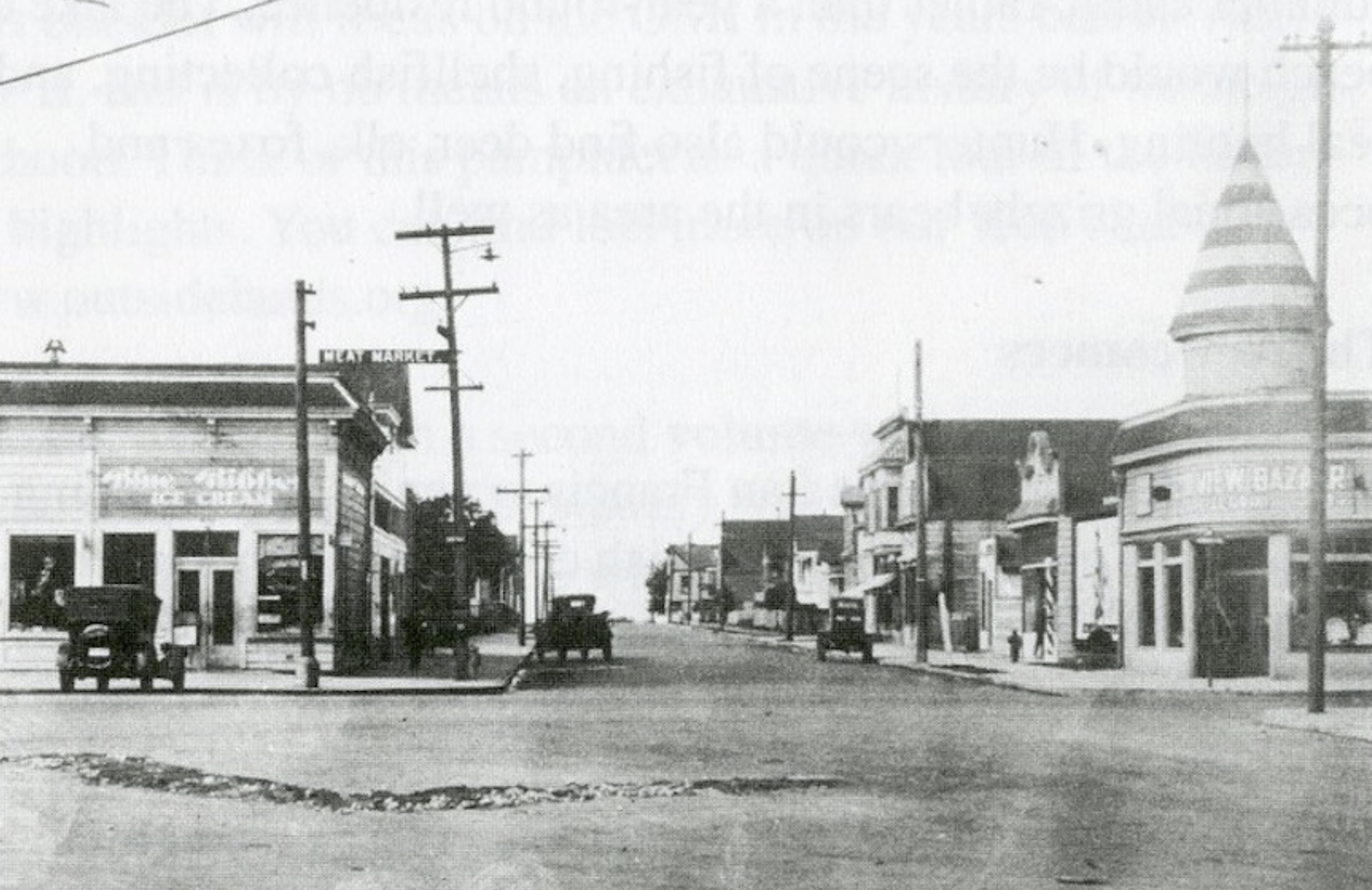
The village of Ocean View grew up around the San Francisco & San Jose Railroad's train station, which was approximately located where Alemany, Sagamore, Plymouth and Sickles meet. The Ocean Shore Railway, which traced the path of the future Alemany Boulevard, also ran through the vicinity.
The small rural and vibrant community of Ocean View was centered around the train station. Nearby was a plaza and fountain, a police station, post office, fire station, bakery, grocery store, barber shop, school, saloons and churches. The Ocean View Congregational Church, established 1895, and St. Michael's Catholic Church, established 1899, anchored the neighborhood.
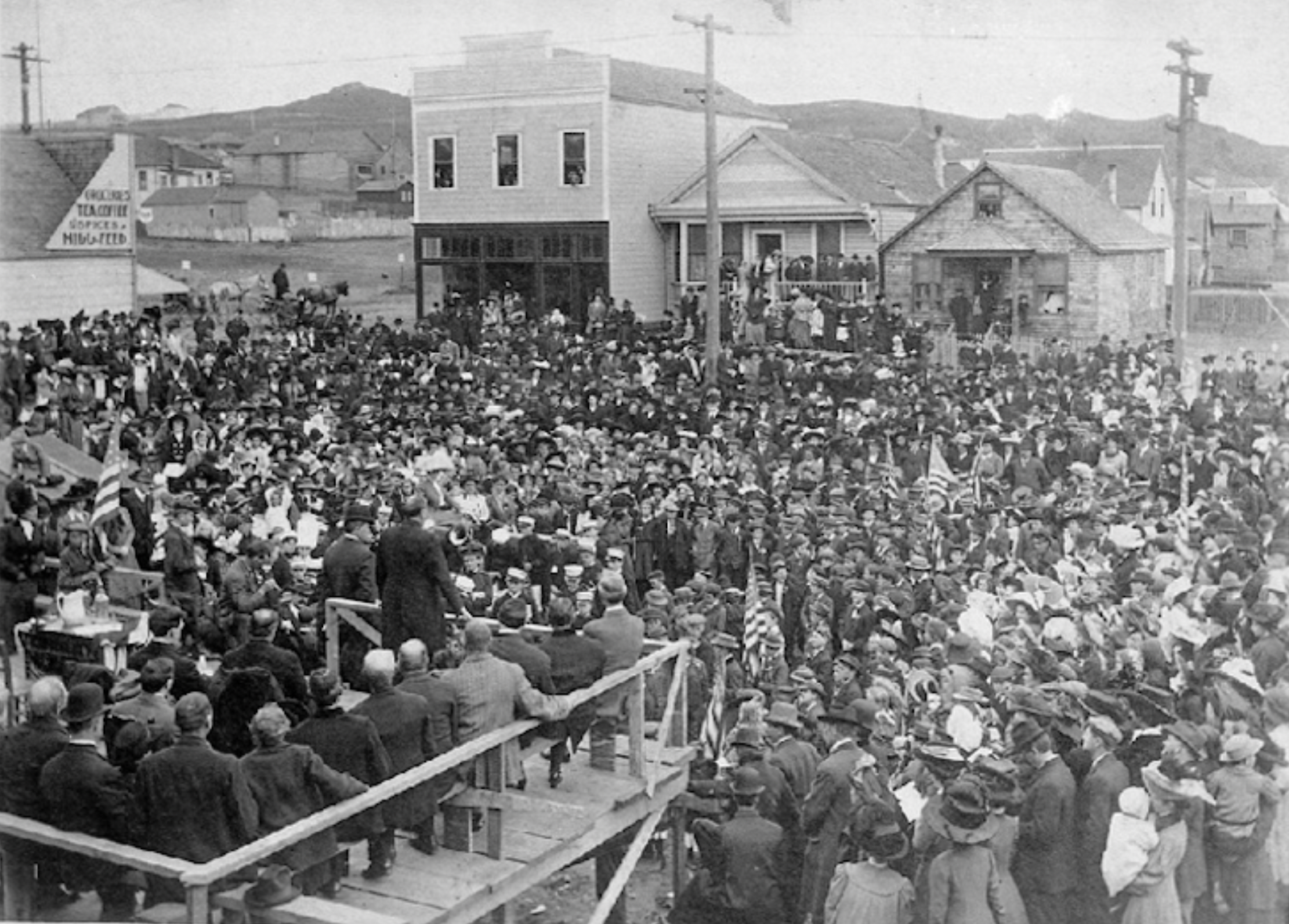
But by 1904, when the Bayshore cut-off was completed, the regular passenger train
service through the Ocean View was discontinued. The village never recovered. The community was even more cut off and isolated with the building of Alemany Boulevard in the mid-1920s, the Interstate 280 in the 1960s and BART in the 1970s.
The Muni M-line had been built in 1927 but was soon discontinued — it resumed service in 1946. However, the route — modified over the years — still provides public transit service to residents along the Broad-Randolph corridor. But, more than ever, automobiles are the primary mode of transport in the area.
In 1903, the Ocean View Reading Room was housed on Broad Street near the corner of Capitol Avenue. Its first librarians were Mr. and Mrs. Hannam — a husband and wife team. Mrs. Holden became the branch's second librarian.
Mrs. Louise Brock, the third librarian, was in charge until 1919 when the reading room was located at 379 Capitol Ave. at Farallones Street. This location, right across from Sheridan Grammar School, dedicated nine years earlier, was both a library and school supply store. Mrs. Fred Laun took over the branch in 1919 by which time it had been moved to 11 Plymouth Ave.
From 1923 to 1931, Mrs. Henrietta Welsh served as librarian. In 1930 the library had been moved two blocks north to 211 Plymouth Ave. near Sadowa Street. It was at this location that it was devoted entirely to library service and officially designated branch library "Number 15."
By the time Mrs. Phoebe Hetrick became branch librarian in 1932 it had moved a fifth time to more spacious quarters at 111 Broad St. Between 1936 and 1943, Mrs. Vivian Sherwood served as branch manager, and in 1943 Mr. Stuart Morton Boland replaced her. The library remained at this location for a total of 68 years.
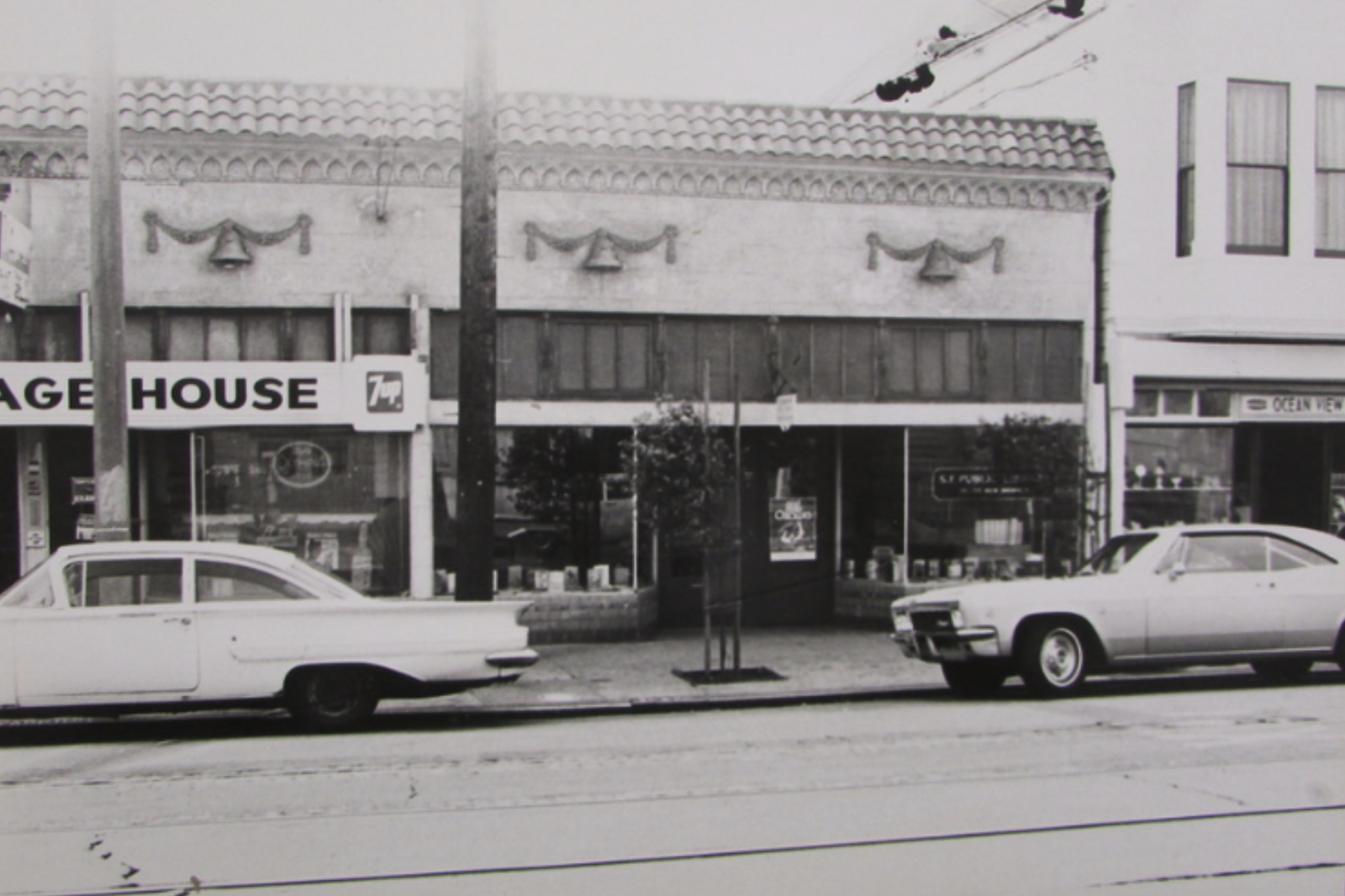
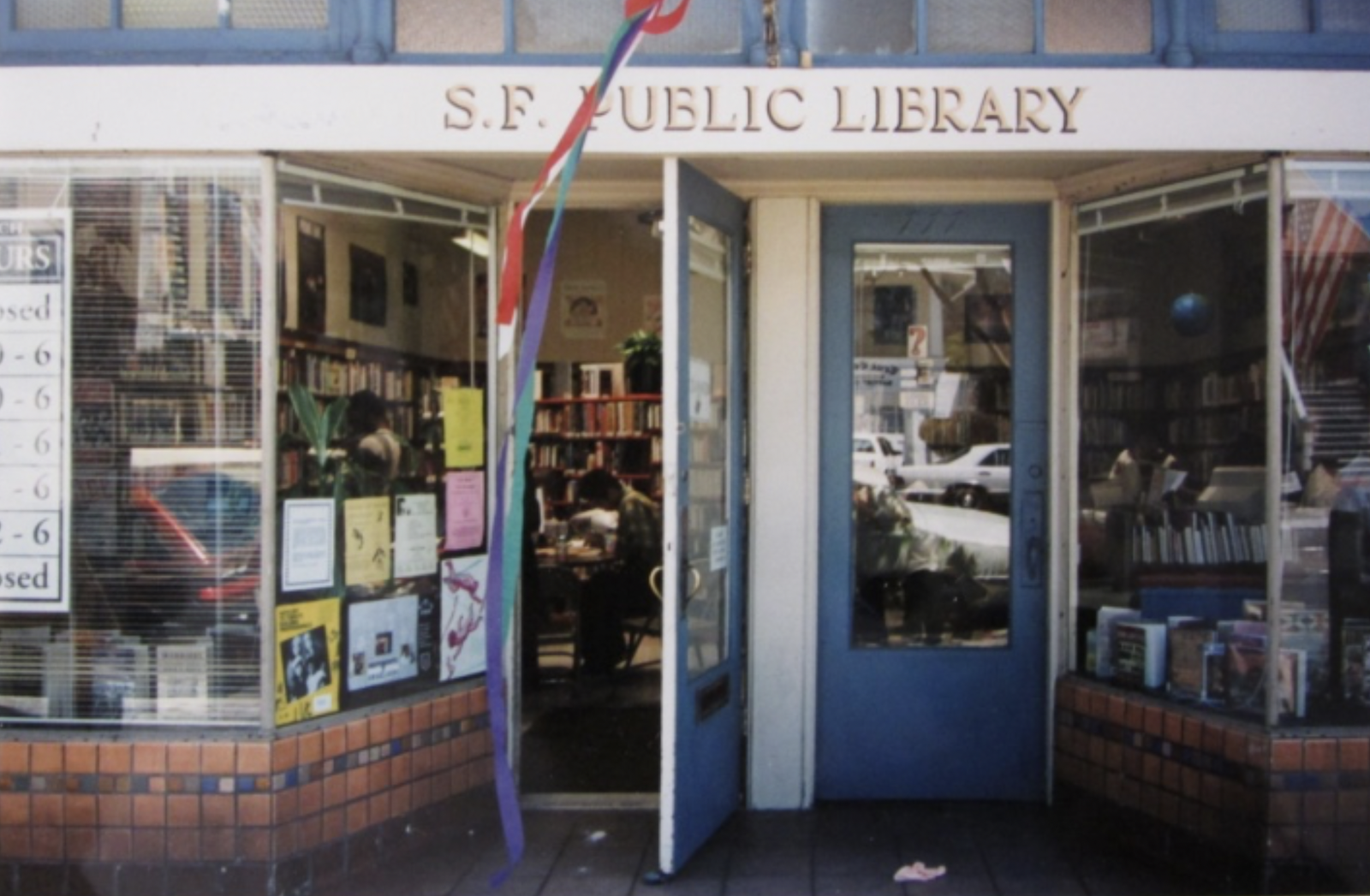
Boland was still serving in 1950 when plans for a new building were being discussed. They called for a "standard branch library building ... of medium size and modern design with the newest improvements, to be located on the corner of Plymouth Avenue and Broad Street." The public library, school, playground, churches, fire station and shops were all nearby. And — not incidentally — the M-line streetcar stopped at Broad and Plymouth and provided the link to downtown and places east and west.
It made perfect sense in 1950 for a new branch library to be near this intersection. But for the next 50 years the idea was debated. Meanwhile the branch remained at 111 Broad St.
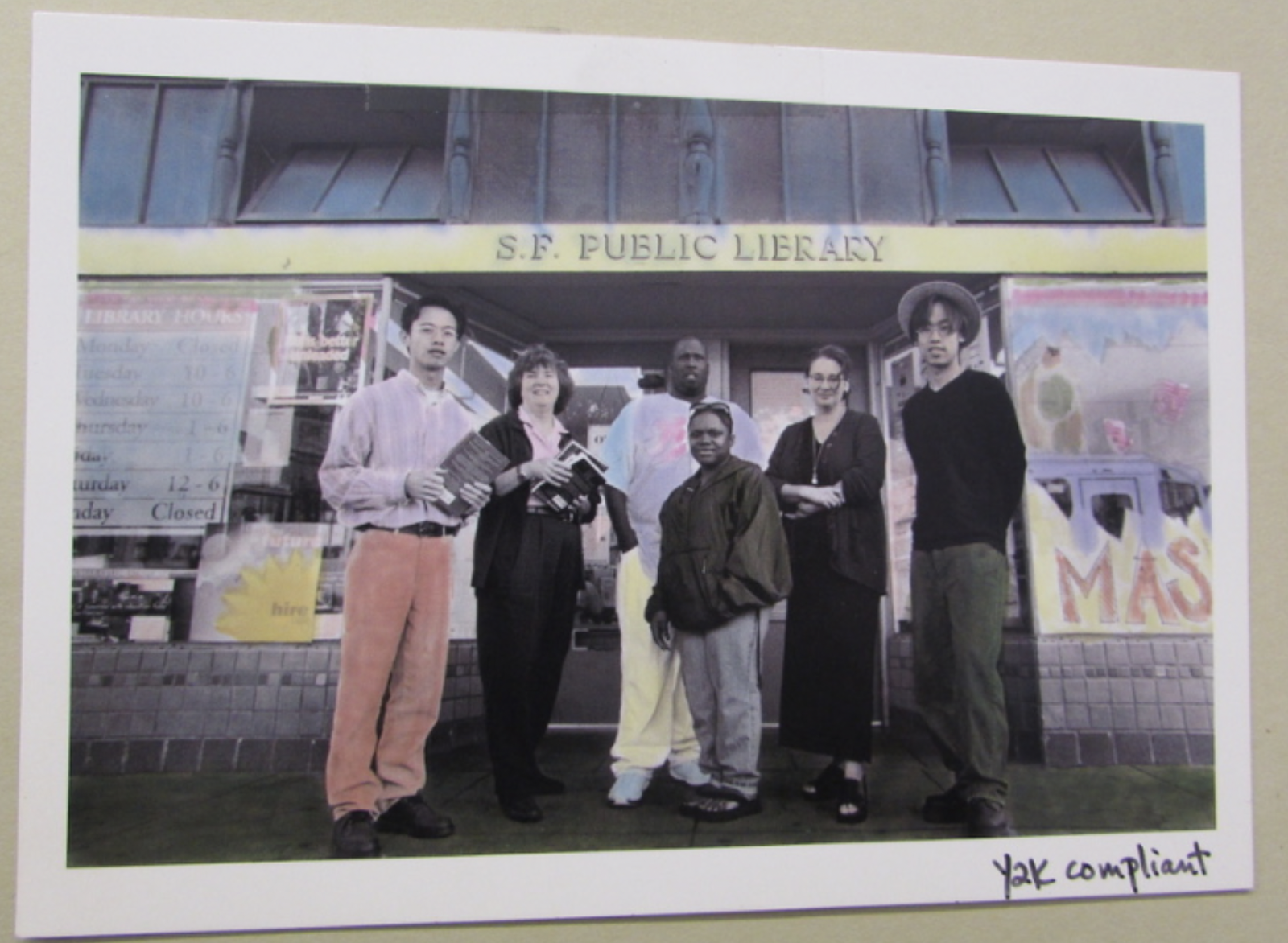
Broad and Plymouth continued to be the heart of the Ocean View neighborhood even as it weathered the post-WWII years and the social and economic upheaval of the 1960s and 1970s.
There were budget cuts in the 1980s and three attempts to close or limit hours at the branch due to low usage. The community rejected an idea in 1988 to move it up to the playground and into the weight room. Instead there was a community clean-up at the library during which volunteers painted, cleaned and shifted books.
The recession and city budget cuts of the early 1990s made things worse. 1991 brought the "Brotherhood Way Development Proposal," which the Ocean View-Merced Heights-Ingleside Neighbors in Action roundly opposed. The sprawling project at the southern edge of the neighborhood included affordable apartments and space for commercial uses such as light industrial, restaurants, day care, recreation, a homeless shelter and more than 100 single-family homes. The OMI-NIA demanded that a comprehensive plan for the entire community be done before any significant development like this even be considered.
Despite all these challenges the branch remained a vital resource to the community but it needed serious improvements. By 1995, Library Commissioner Walt Jebe described the Ocean View Library as a "disgrace" and proposed a cheaper and larger space to rent on Sagamore Street. Neighbors protested because they wanted the library to remain near Broad and Plymouth. OMI-NIA co-founder Minnie Ward suggested the library expand into the vacant storefront next door and solve two problems at once: enlarge the library and keep the liquor store from re-opening next door.
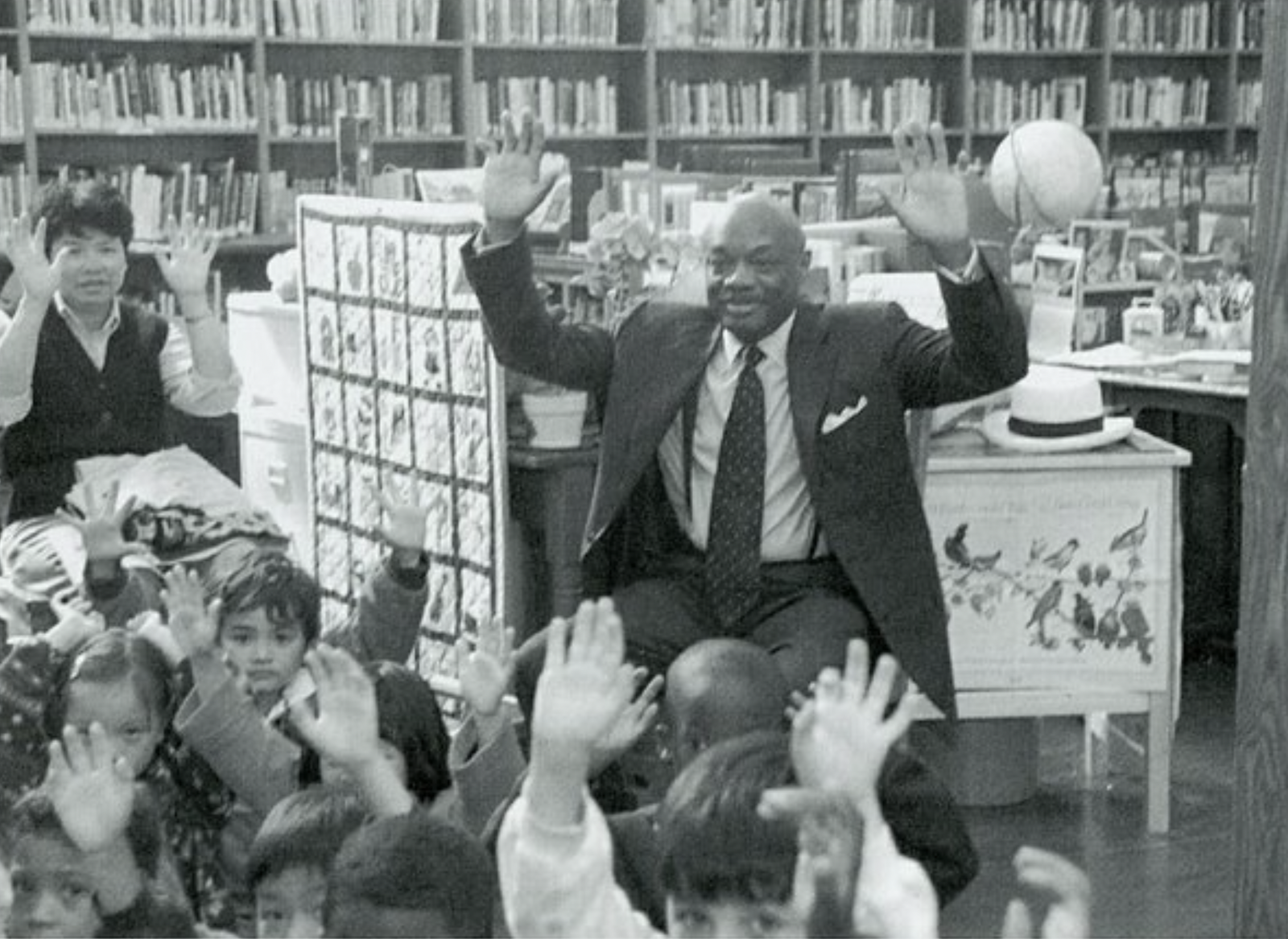
By 1998 fundraising efforts for a new building were in full swing and Darcus Thomas, retired librarian and community activist, was one of its leaders. The plans called for moving the library farther west to Randolph Street. Dorothy Coakley was branch librarian by then and she shepherded the little branch through this transition.
Touted as the "key to the neighborhood's renaissance, a symbol of the Ocean View's rejuvenation" people were excited. The neighborhood had just recently gotten its first new business in years: a pizza parlor on Broad Street just a few doors from the library and liquor store. This was good news because, as Ken Garcia wrote, "new business came to Ocean View about as often as tourists."
The Muni meltdown of 1998 was a visible emblem of the city's troubles. It's not surprising that Brown welcomed the chance to celebrate signing the legislation authorizing the purchase of the land for the new library. Surrounded by children with balloons chanting "Thank you Mr. Mayor," Brown responded with, "I'm going to take all you guys on a Muni ride with me and have you say that."
People hoped the new library on Randolph Street would be the key to the area's revival.
Meanwhile kids acted out drive-by shootings in the library's puppet shows and wrote poems titled "The World is Coming to an End." But the kids kept coming which encouraged people to be enthusiastic about the new project. And the children needed the library.
Brown had promised the community a new library in a permanent home in a city-owned building. On June 7, 2000 the first branch library to be built in San Francisco since 1969 opened at 345 Randolph St. at Ramsell.
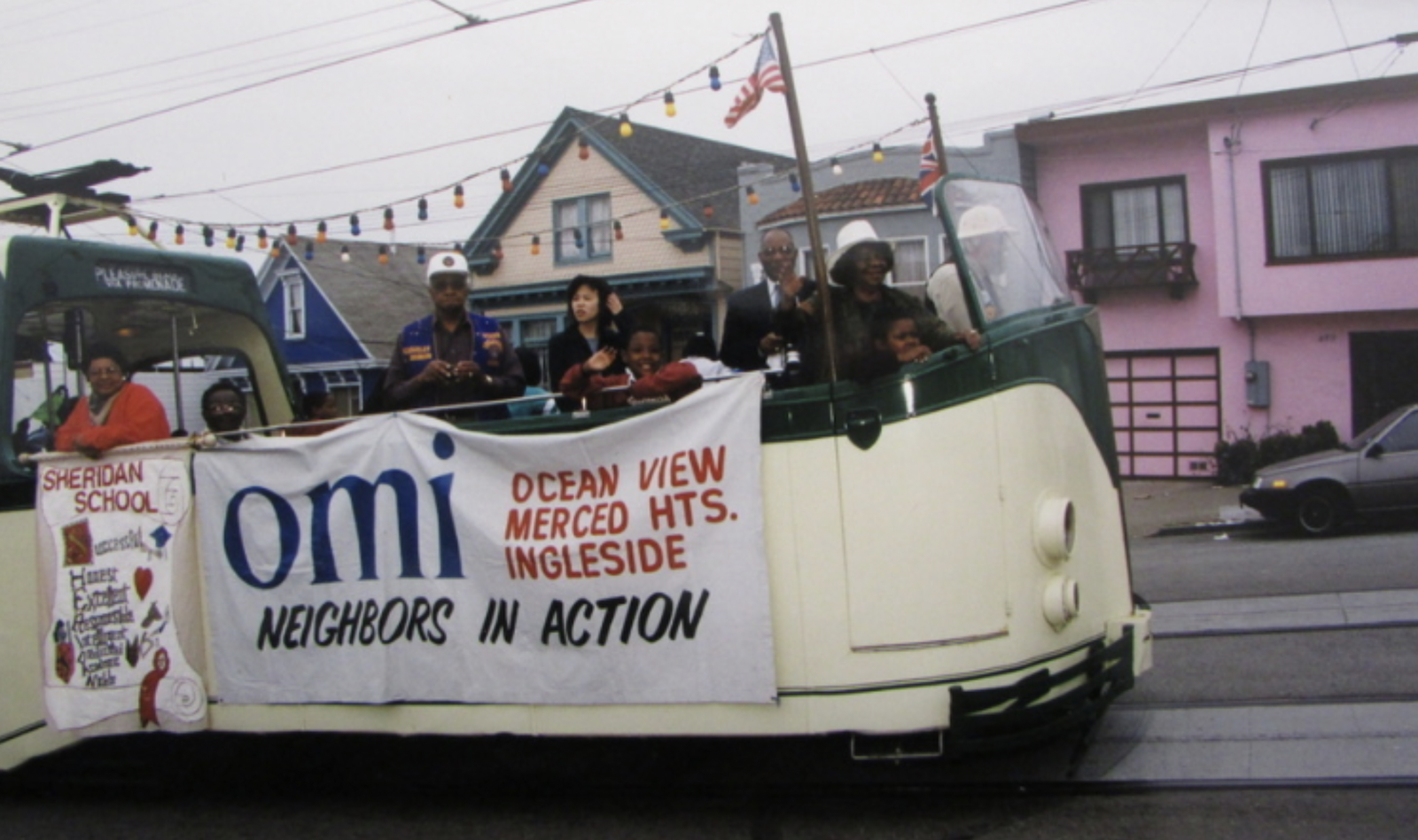
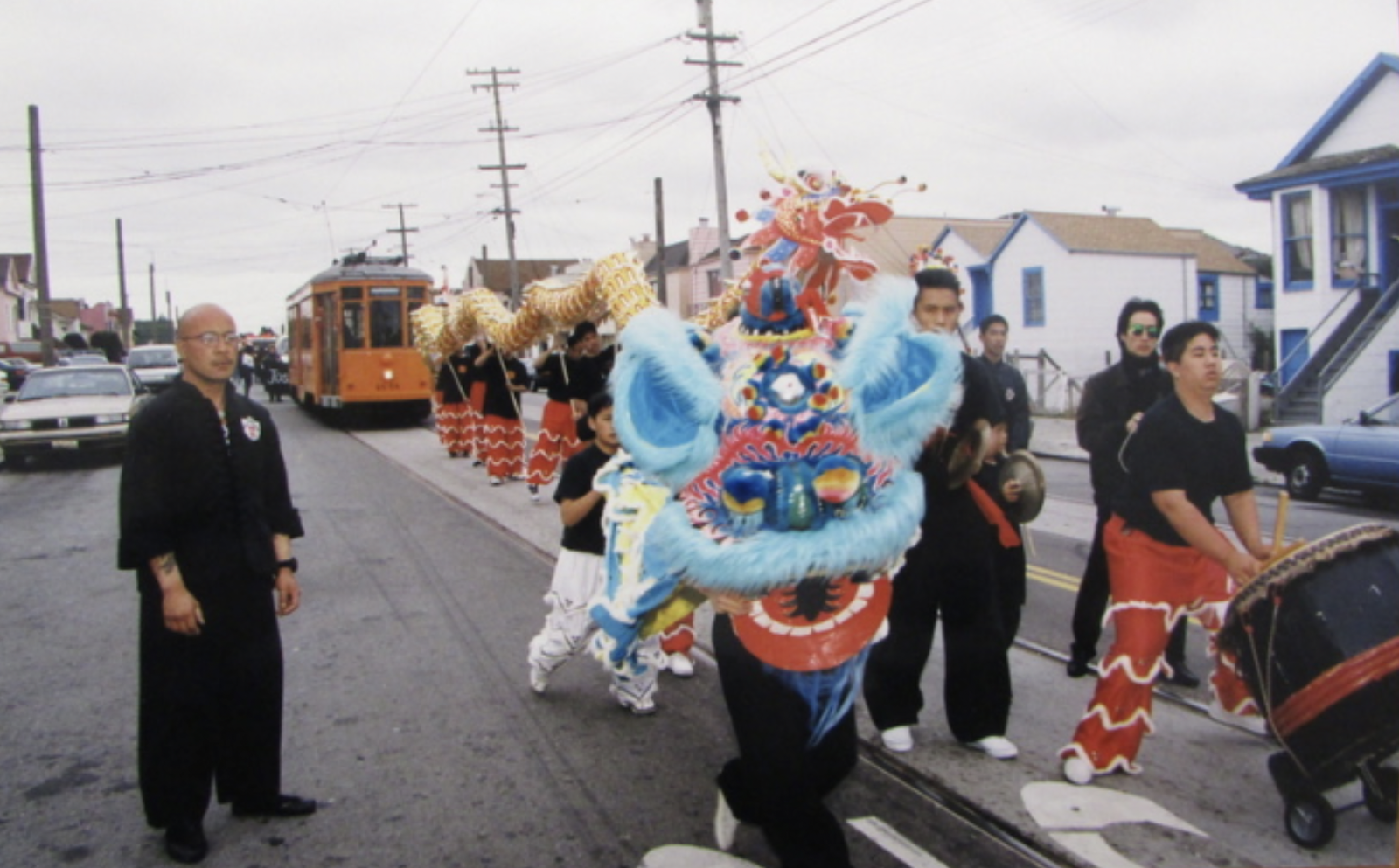
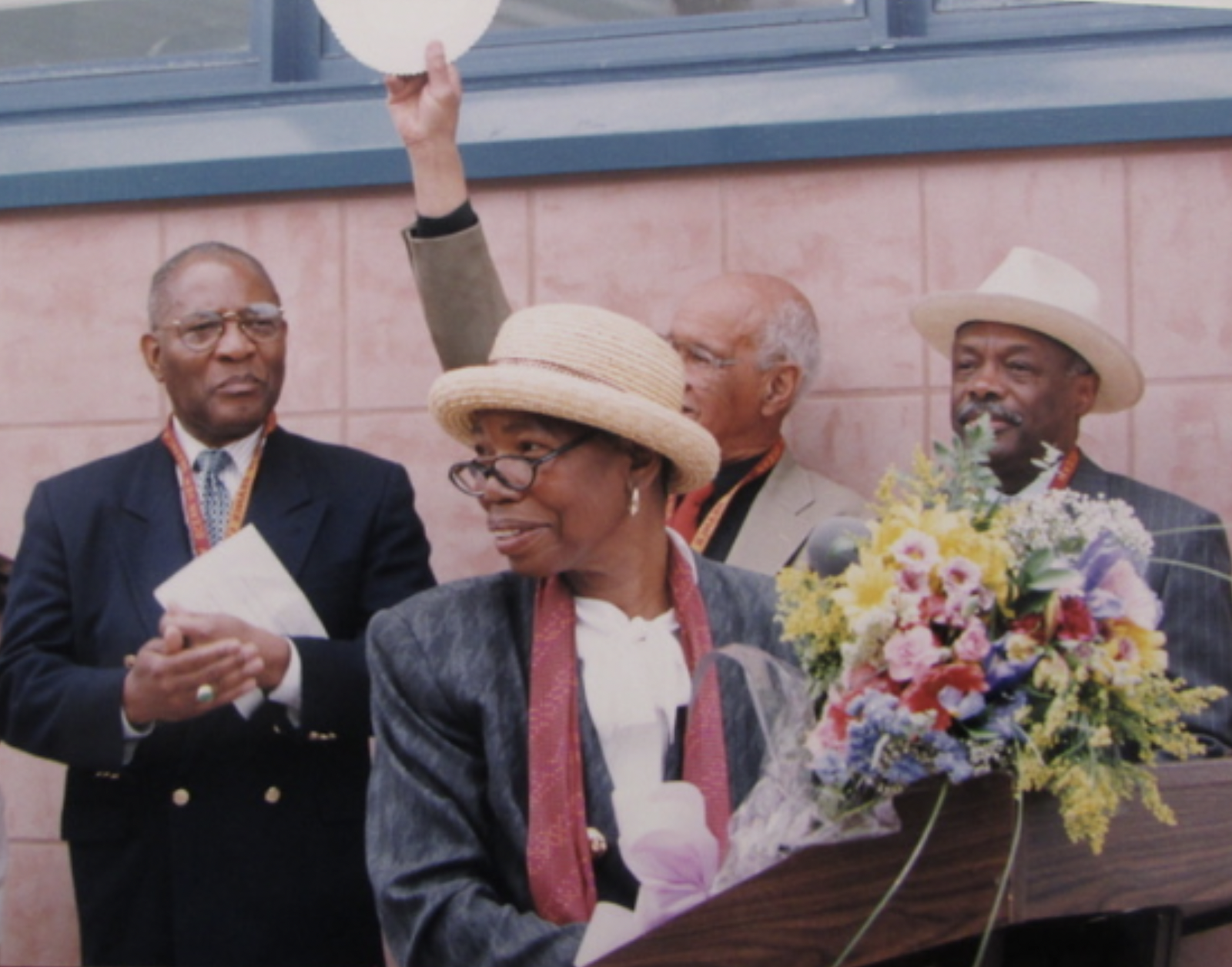
The community celebrated with a parade from the old location on Broad to the new one on Randolph Street — five blocks to the west. But it remains to be seen whether the new location was ever able to provide the neighborhood with the "center of gravity" it needed.
The $2.5 million dollar two-story building was designed by the city's Bureau of Architecture. SFPL's Friends & Foundation raised funds for equipment and furniture. Since the size of the staff would not be increased, the new branch would not cost more to operate, the library administration commented. It was new and improved but it remained the smallest branch in the city. Only now it was a tiny, two-floor branch library.
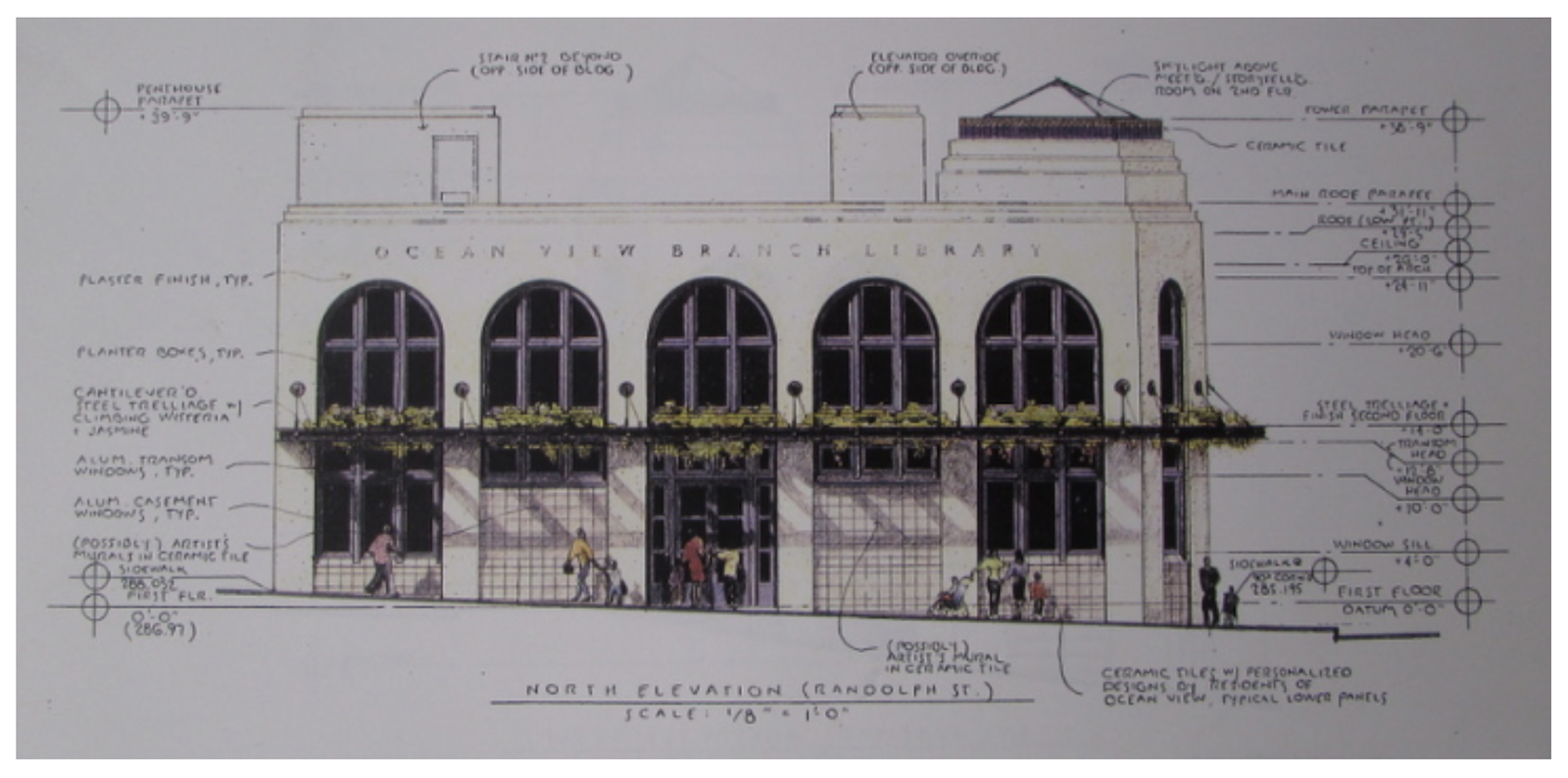
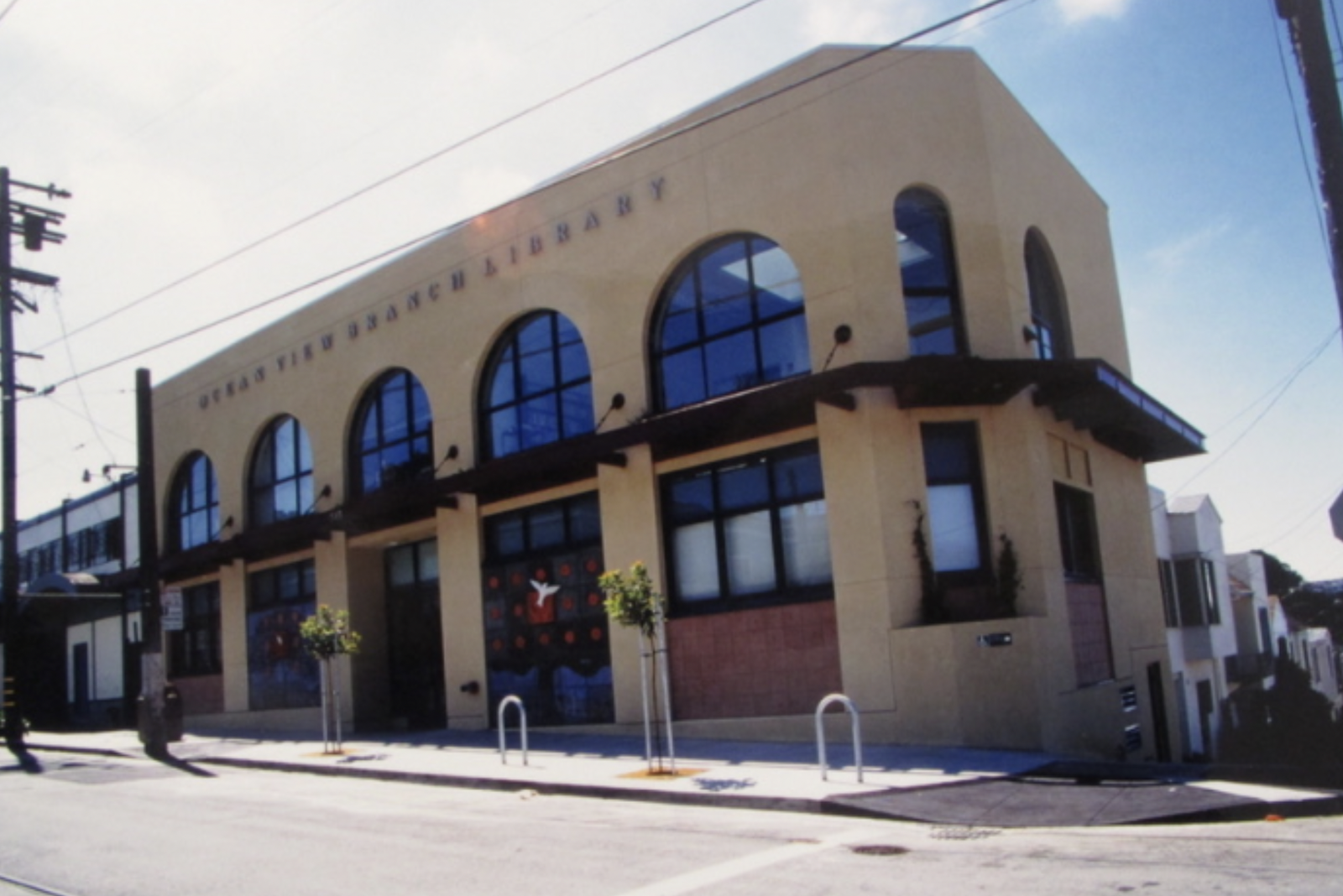
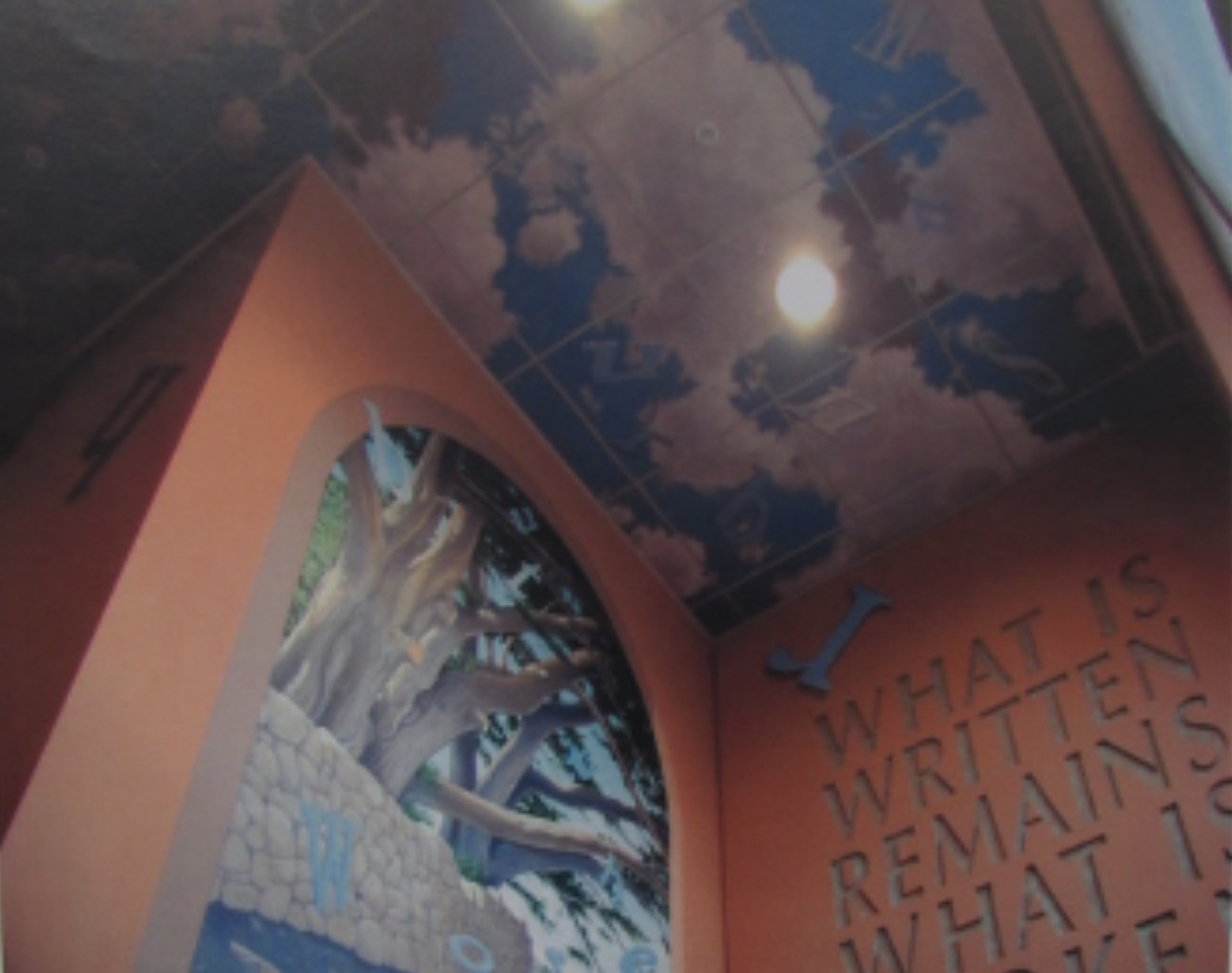
The Ocean View neighborhood has long deserved an improved and well-designed branch library. To use the language from 1950, it needs a "standard branch library building ... of medium size and modern design with the newest improvements."
Such a critical public asset ideally should be at the center of the neighborhood which it serves. The current plan for a library at the Brotherhood Way location will place the branch even farther away from the neighborhood's historic center. It will be at the community's southernmost edge.
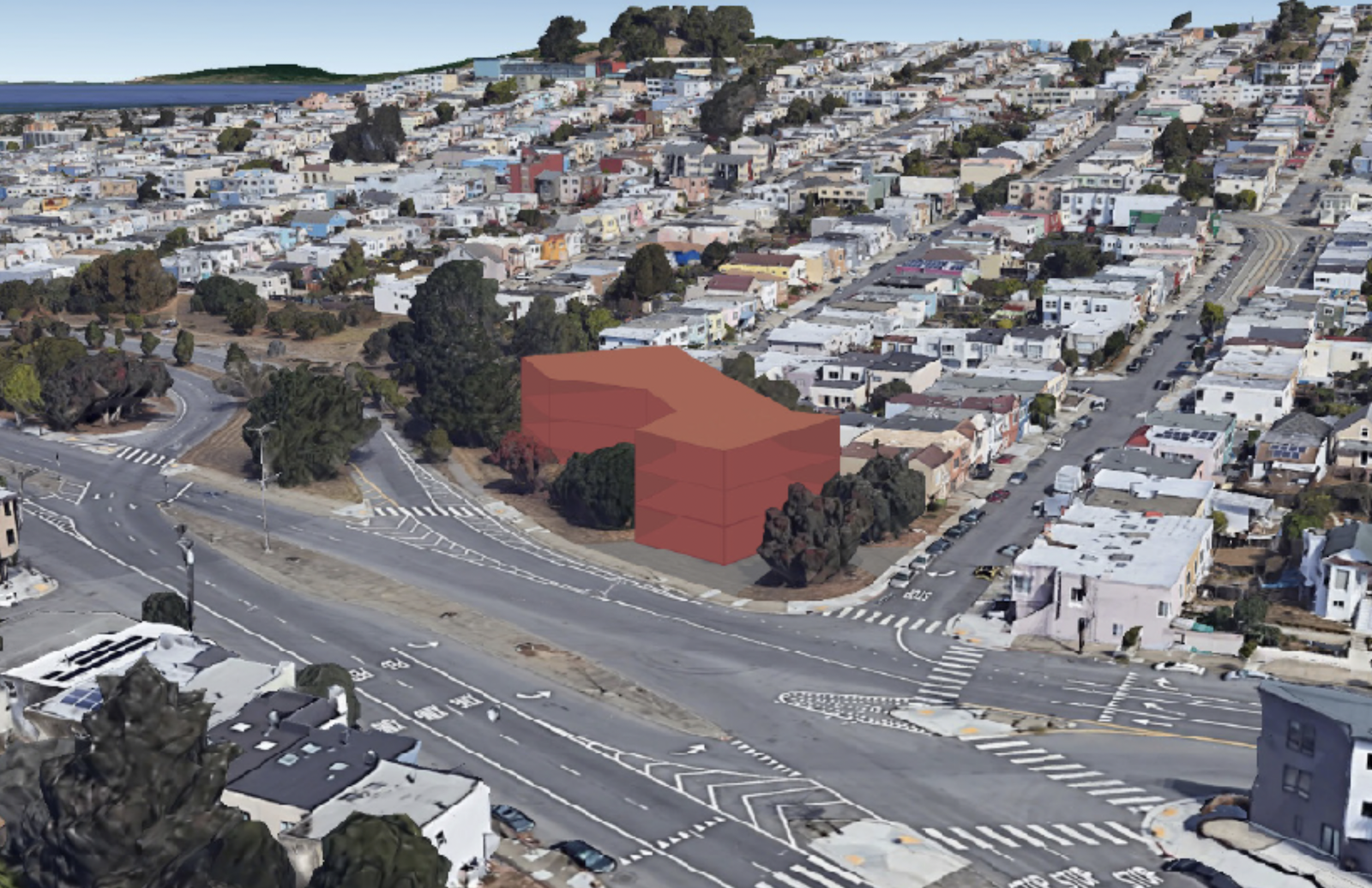
The new "Brotherhood" building, which brings to mind the Brotherhood Proposal from the 1990s, would replace a twenty-two year-old building which solved one problem but created another. Is this new building destined to do the same?
This project will require significant traffic planning and mitigation since Brotherhood Way is a de facto freeway. This could mean closing the section of Brotherhood between Orizaba Avenue and Arch Street. (Perhaps all of this traffic mitigation should happen regardless of the library's plans?)
The new library project does not include any parking for cars. But it would have parking spaces for twenty-two bicycles. The location is poorly served by public transit.
The Ocean View Branch Library will never need to be a regional branch like Half Moon Bay's suburban library, which was referred to at the meeting in February. If there is to be no parking lot, this is emphatically and especially true.
The building will be built on a green space which, in general, there is a serious shortage of on the south side of town.
Bigger isn't always better or appropriate. In addition, a large two-floor library guarantees a forever-hardship for the staff. Even if they aren't understaffed they will always be challenged with the task of managing the space, the services, the collections, and the patrons in a multi-floor facility. The third-floor tenant, as yet unnamed, could be an asset or not.
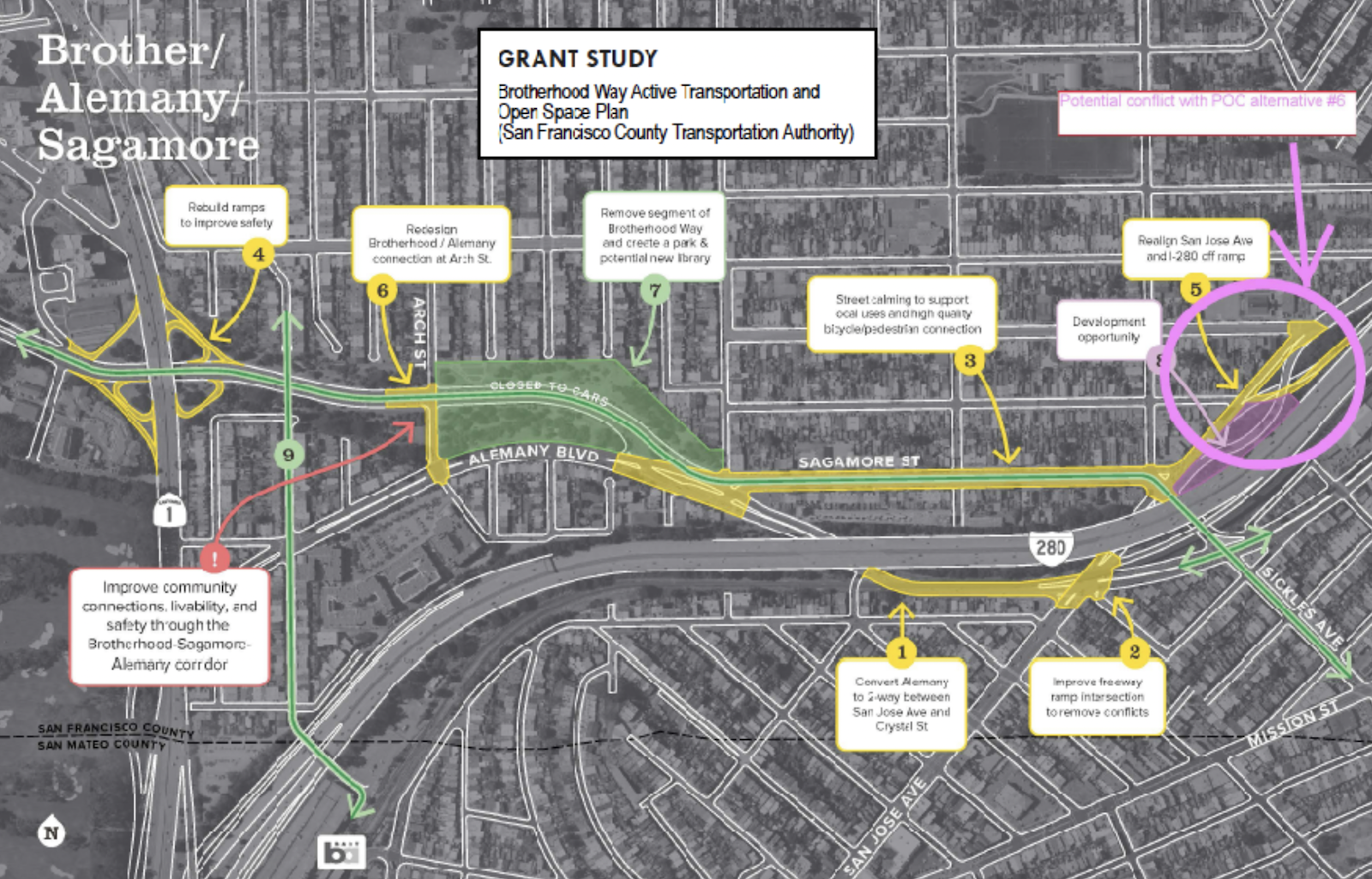
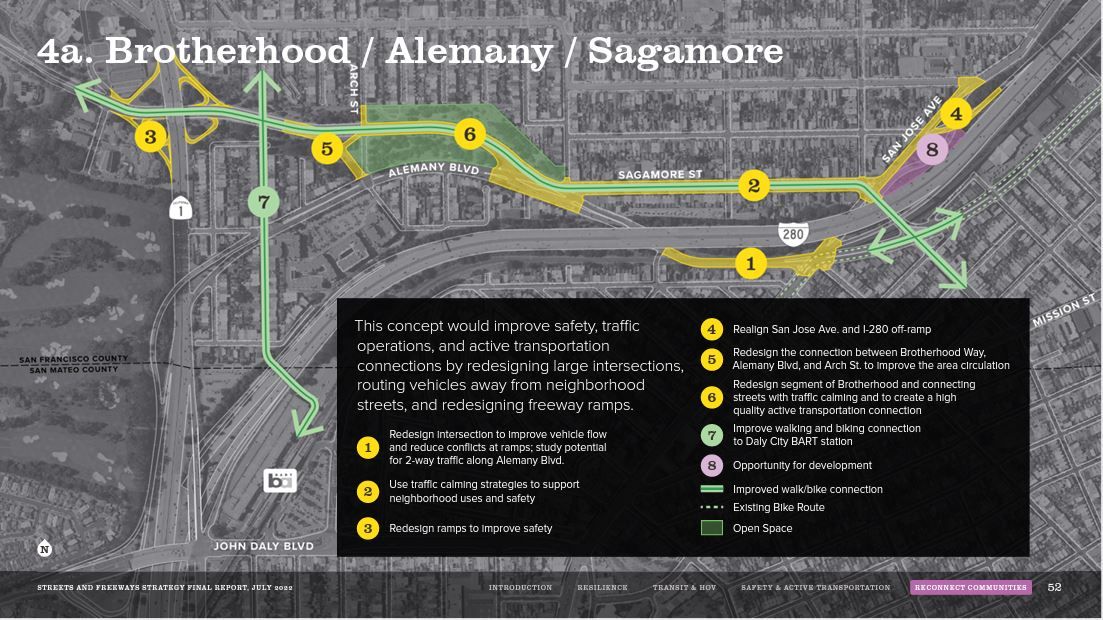
If San Francisco is the solar system, the Ocean View is one of its outer planets: far from the city center, often overlooked, and neglected for generations. The neighborhood has been trying to reestablish its center of gravity for decades. Economic ups and downs, the loss of small businesses, and crime on the one hand and a lively Recreation Center, and Library, and active nonprofits on the other hand keep the balance scales in motion. Covid-19 and the city's hyper-inflated real estate market have only exacerbated the situation.
The two legacy churches in the neighborhood no longer seem to be able to provide the stability they once did. But the presence of approximately a dozen storefront churches suggest the desire for community.
It took 50 years — from the initial idea in 1950 to its completion in 2000—to get the new library built on Randolph. But that alone did not solve the larger problem. In the absence of a viable economic center can we expect the branch library to fulfill the role of the village square?
During a recent walk in the neighborhood, we encountered several young German tourists on Randoph Street. I wondered if they had found themselves there because of a "home-sharing app." I also wondered if this "gig economy" type of business is the best kind of economic investment the Ocean View can hope for right now.
This new branch library should be thought of as an initial investment — not the sole solution. I'm hearing echoes of the OMI-NIA's concerns from the 1990s.
For a neighborhood which has seen so much hardship it would be wonderful to get this project right. Because the Ocean View community deserves more than just a new library — and getting this right is exactly what it deserves.
This story you’ve just finished was funded by our readers. We want it to inspire you to either sign up to become a member or make a gift to The Ingleside Light so that we can continue publishing stories like this one that matter to our community and city.
The Ingleside Light is a reader-funded news publication that produces independent journalism to benefit the community. We were founded in 2008 to fill a void in San Francisco’s press: An outlet dedicated to the people of the greater Ingleside neighborhood. More than a decade later, The Ingleside Light is still here doing the work because it is critical to democracy and our civic life.
Your contribution today will help ensure that our critical work continues. From development to small business, to parks and transportation and much more, we are busier than ever covering stories you won’t see anywhere else. Make your gift of any amount today and join the hundreds of readers just like you standing up for the power of independent news. Thank you.
We deliver neighborhood news, events and more every Thursday.